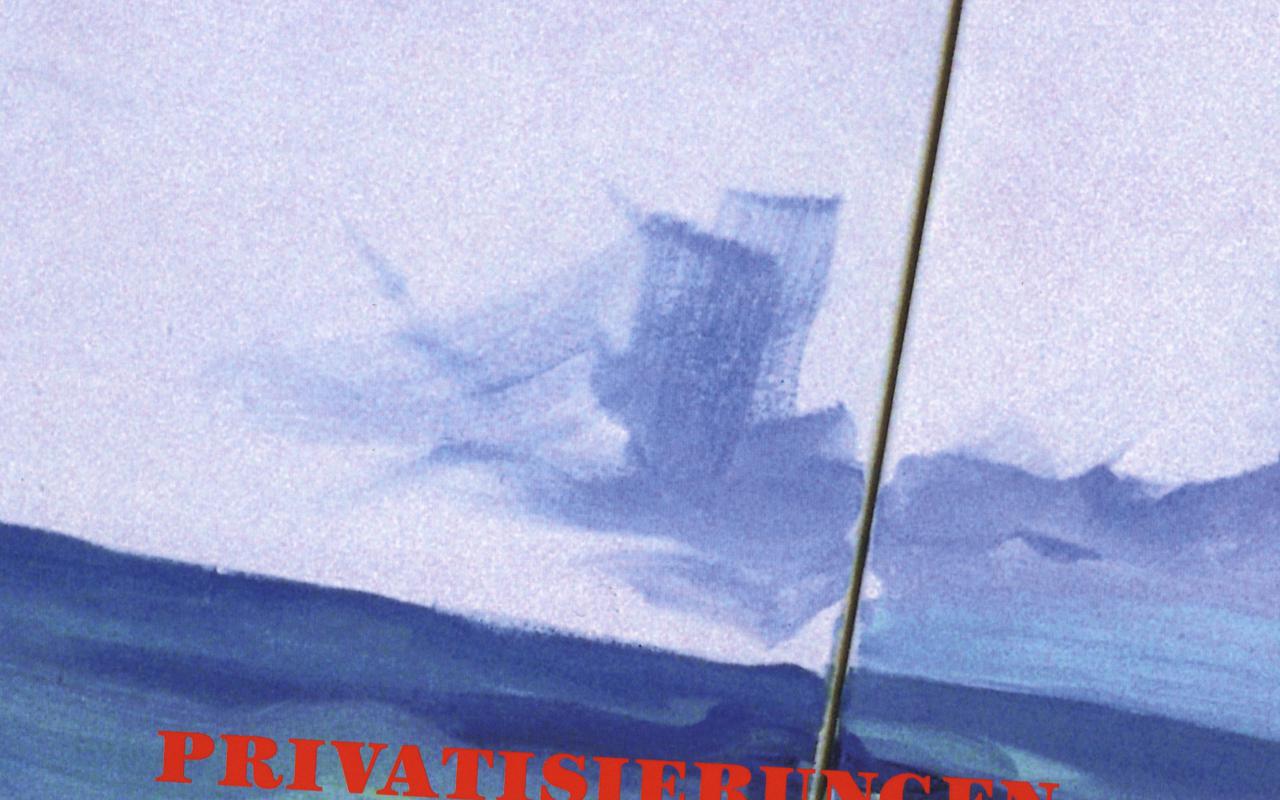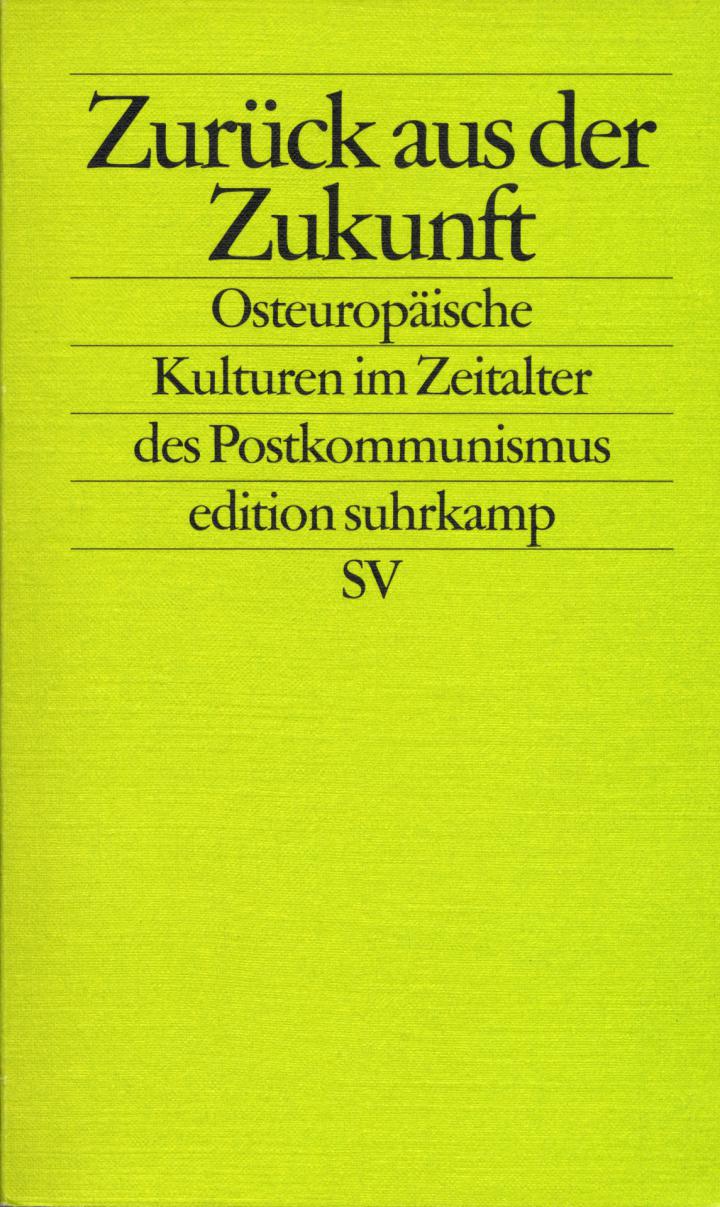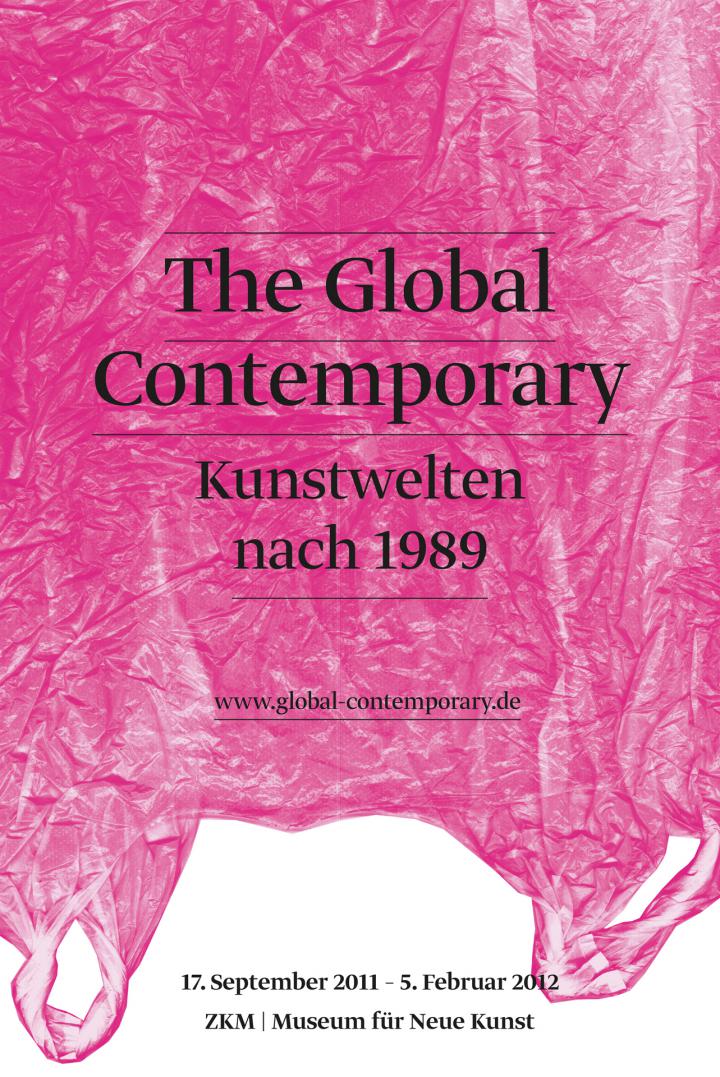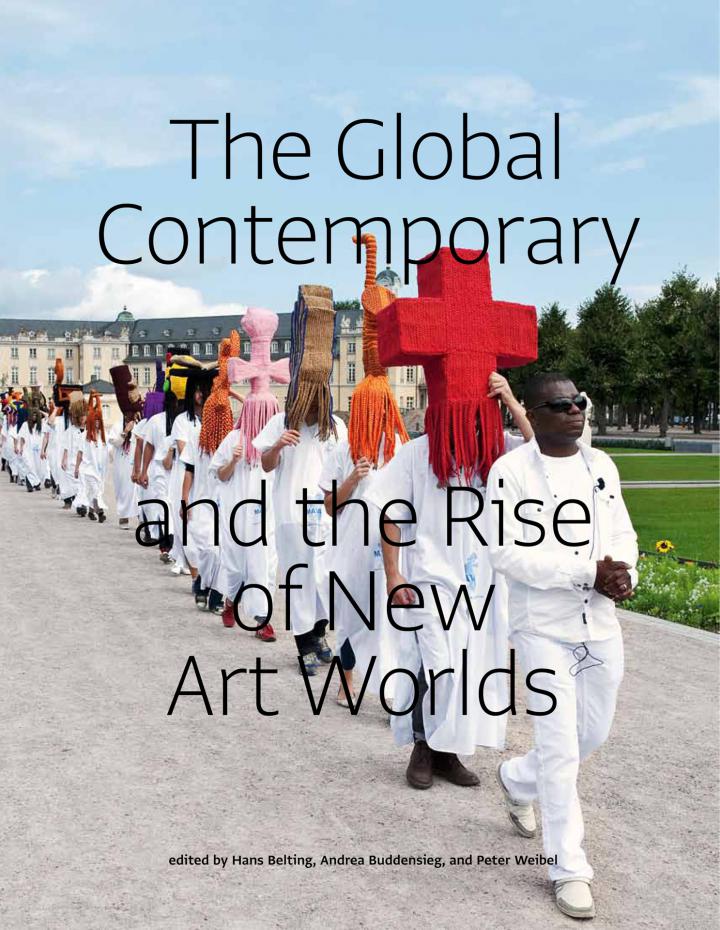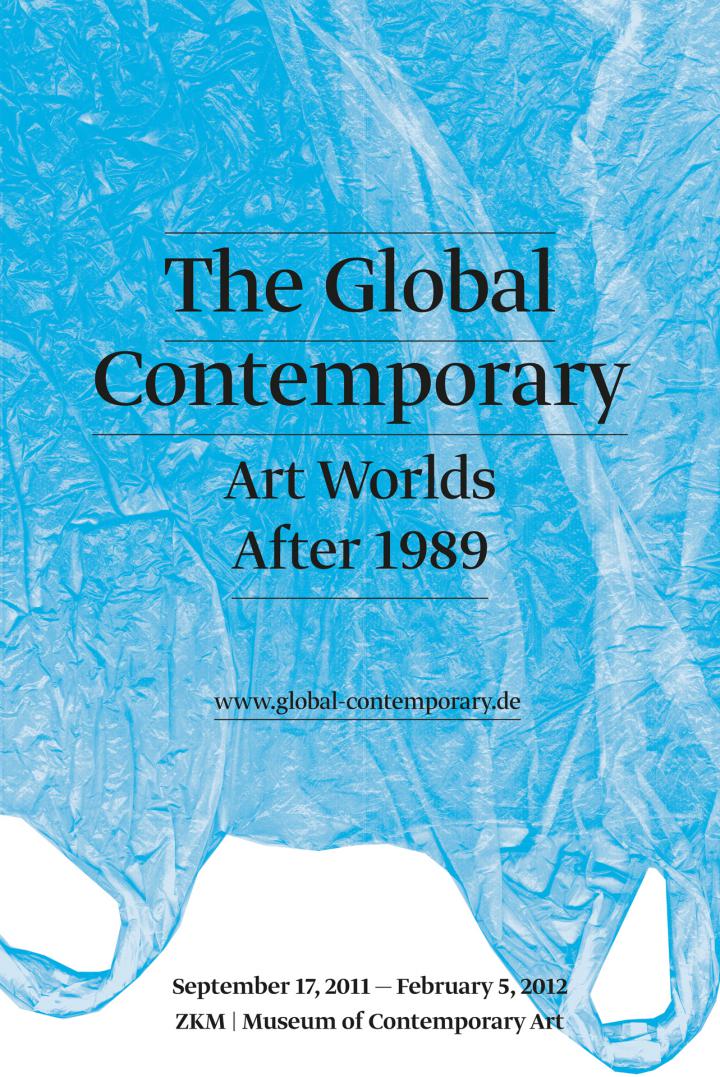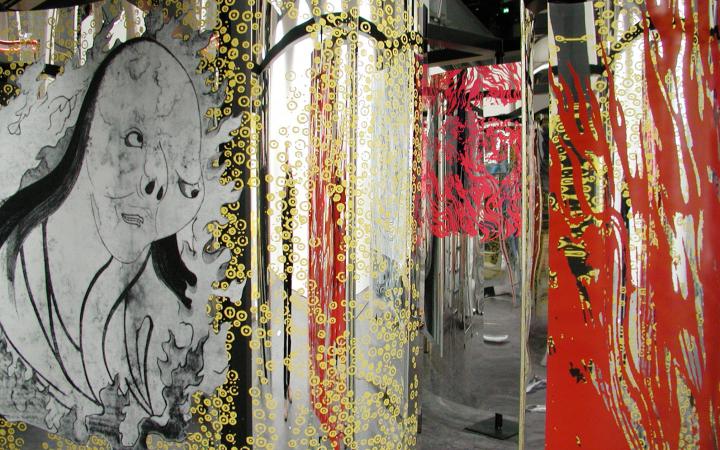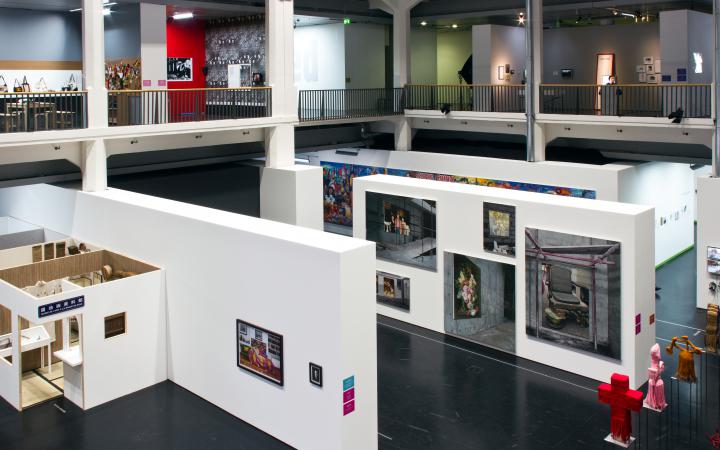Pavel Pepperštejn
- Year of birth, place
- 1966
- Biography
- Born in 1966 in Moscow and currently residing both there and in Tel Aviv, Pavel Pepperštejn is one of the most important artists of the new, young generation of concept artists following in the wake of Ilya Kabakov. On completion of his studies at the Academy of Fine Arts in Prague he, along with Yuri Leiderman and Sergei Anufriev, founded the group of artists, »Inspection Medical Hermeneutics,« who, in a situation of new candor and public opinion following the collapse of the Soviet state, intentionally cut themselves off from the outside world in order to preserve a sub-cultural form of art and to distance themselves critically from a new era they regarded as lacking viable alternatives. Pepperštejn’s versatile artistic creation comprises experimental concept art, installations, graphics, paintings, and objects, as well as aesthetic and literary texts. Together with Sergei Anufriev he wrote the novel »Die mythogene Liebe der Kasten« [The Mythogenic Love of Castes] (Moscow 1999). Numerous international exhibitions increased his fame worldwide, such as »Das Problem der Erinnerung« [The Problem of Memory] in Kiev, »Switzerland + Medicine« at the Swiss Institute in New York, »Le Pôle du froid: Inspection Hermeneutique Médicale et l'art russe des années 90« in Paris and »Moses« in the House of Art in Zug. Most recently Pepperštejn presented excerpts from his installation »Gespenster der Globalisierung« [Ghosts of Globalization] (2003) in the Art Gallery Düsseldorf. An important feature of Pepperstein’s artistic strategy consists in transforming pictures and texts from mass culture in drawings that resemble graffiti and in analyzing simultaneously their internal methods of functioning. Here he employs figures and motifs from Russian fairy tales and the world of myth. Within the framework of the exhibition »Traum und Museum« [Dream and Museum] in the Zug Gallery, Pepperštejn foregrounded an inherent contrast between museums and dreams. Beginning with the observation that because a museum serves a collective memory, its characteristic feature is repetition – whereas dreams are subjective and uncontrollable – Pepperstein created an interaction between the gallery’s collection and his own mural paintings.
